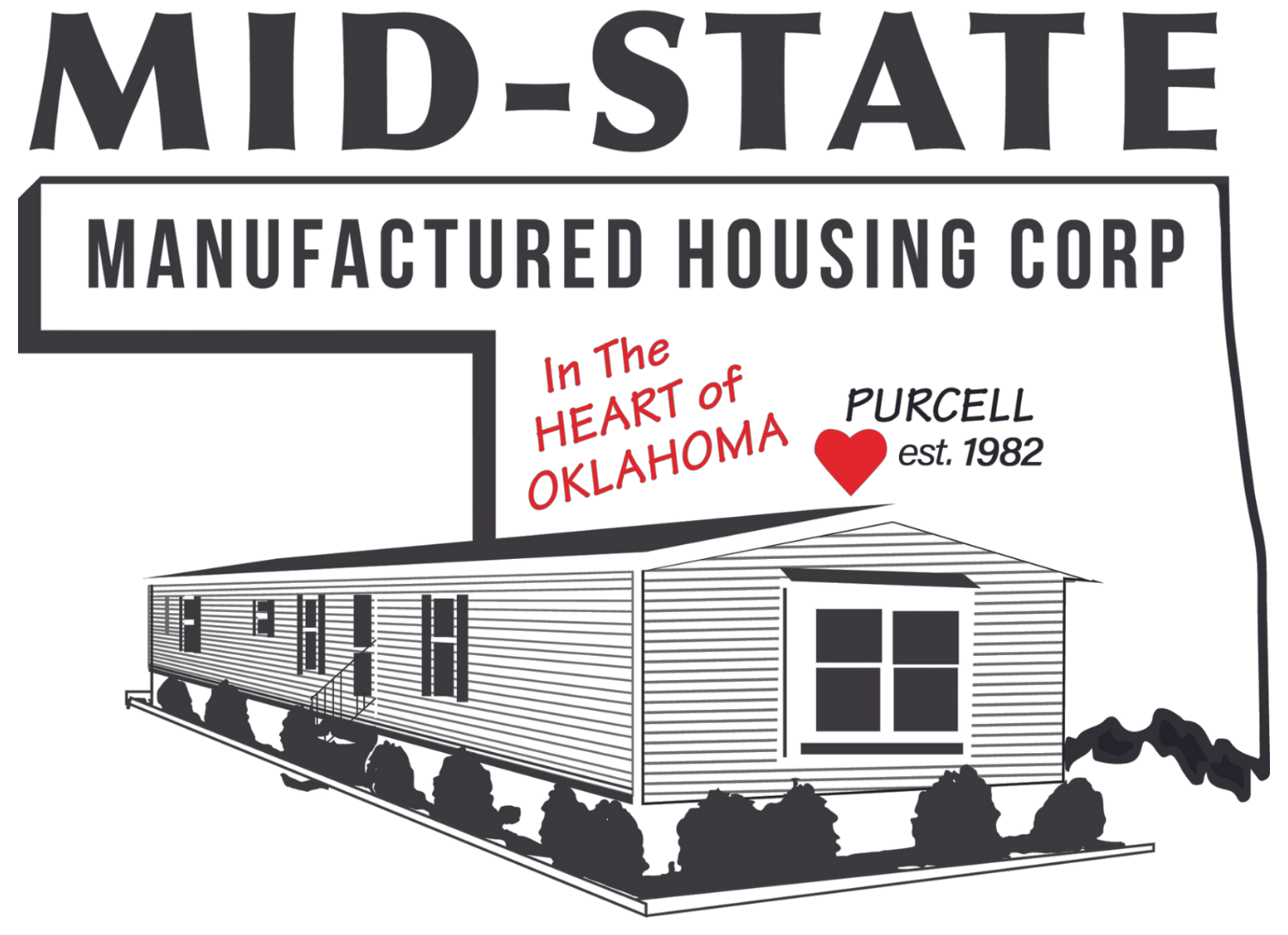How do I install heat tape?
Over the last year we have been out on some service calls where customers have improperly installed their heat tape to the main line coming from the ground and connection to their manufactured or modular home. Below are some quick tips to prevent melting your water line or starting a fire under your home.
Selecting the type of heat tape:
There are several available styles out there today. Some with thermostats and others without. Those you hard wire in and those with plugs, those which your warp around the water line and those that only go up one side…lots of choices. Typically, the exposed water line coming from the ground to the connection of the home is relatively short so you truly don’t need a long product. The most important thing to do is READ the instructions on the product you purchased!
Our personal choice:
We like the style of heat tape that has a thermostat built in and has a regular 110v male plug. Under all new manufacture and modular homes is a protected 110v plug in within a close distance of where the main water line goes into the home. Usually a 3’ heat tape will work, but please measure before you purchase. We also like the style that does not need wrapping around the water line. You only tape it to one side of the water line.
Installing the heat tape:
Typically, we use electrical tape to secure the heat tape to the water line and ensure the thermostat sensor is touching the water line in the correct direction (again, read the instructions). If you have some excess heat tape it should be okay to go back up the water line on the other side, but DO NOT cross the heat tape over itself or let it touch each other.
After the heat tape is in place, we then secure the foam insulation over the water line, heat AND the thermostat. We want the thermostat reading what’s under the insulation and not what’s exposed. Now, use your tape and tighten up your foam insulation.
As always, we hope this helps!
Sincerely,
Mid-State Housing
